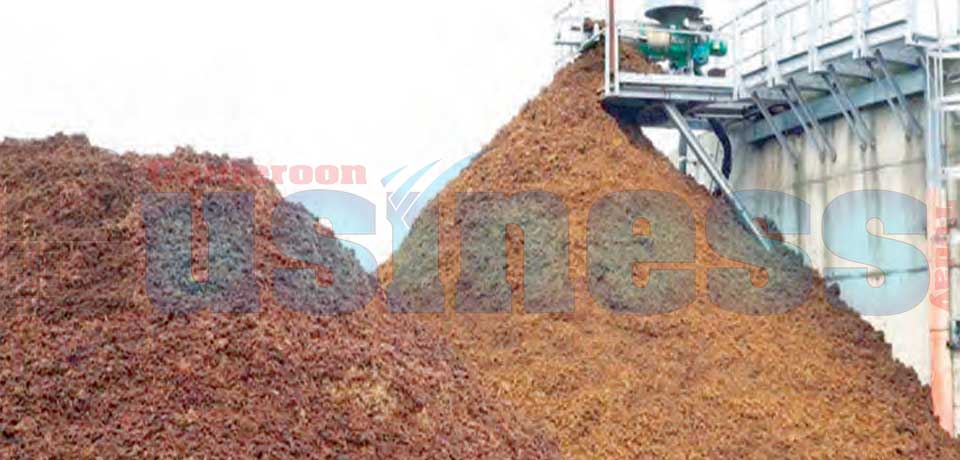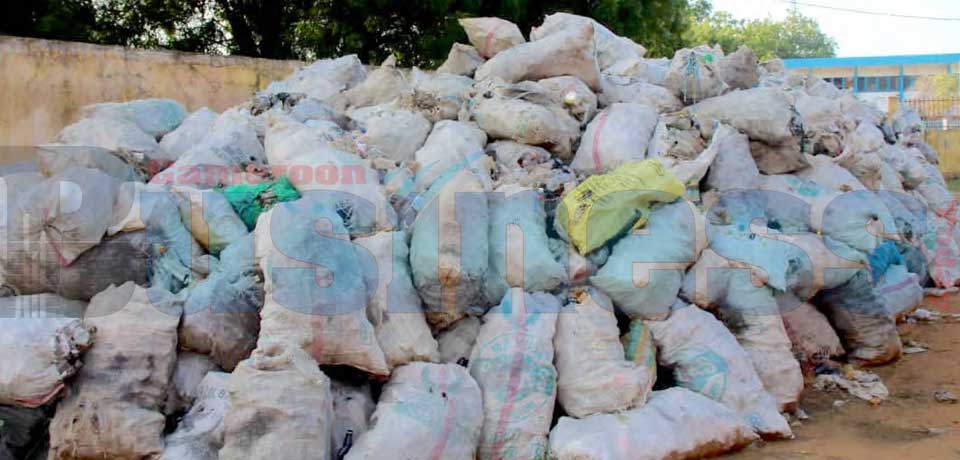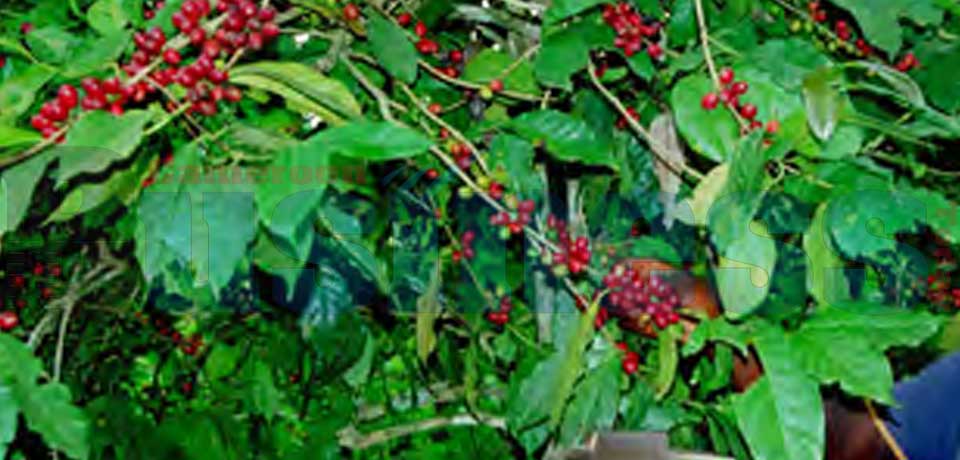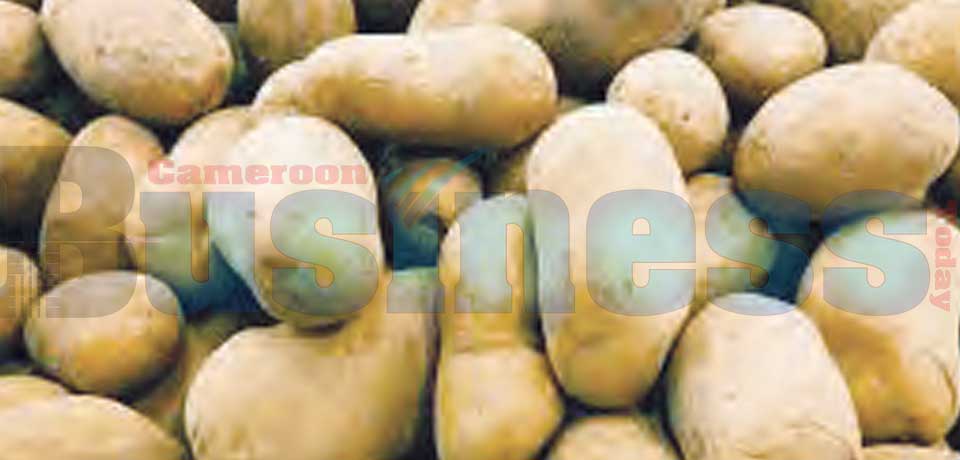Due to the Russia-Ukraine crisis, the reduced domestic supply of fertilizers is further pushing up already high pandemic-driven prices. Over the last few months, the prices of fertilizers across the country have sharply increased to unseen levels and doubled relative to pandemic levels. The Urea fertilizer price rose by an average of 80 per cent, NPK (20:10:10) by 70 per cent, and NPK (13:23:13) by 80 per cent. Russia supplies roughly 43 percent of Cameroon’s annual fertilizer imports. A rise in fertilizer prices due to supply disruption from Russia is expected to limit the institutional import of fertilizers in a context where support and subsidies for producers are already insufficient. Fertilizer use levels will remain low, especially in poor households, with an anticipated negative impact on production and yields.
Ramanus Ndi, a cocoa farmer in Penja, Moungo Division in the Littoral Region, laments on the high cost of the farm input. “The cost of inputs like fungicides and fertilizers has tripled and very costly for an average farmer. For example, I bought two bags of fertilizer in March at FCFA 56,000 which is very expensive.” In fact, the price has even skyrocketed today from about FCFA 16,000 for a bag to about FCFA 45,000. Thus, accessibility to fertilizer has become a nightmare to farmers. This current high cost of fertilizer is further widening the fertilizer-use gap in the country. By way of illustration, Cameroon’s fertilizer use is 15 kg per hectare (ha), against 50 in other African countries such as Kenya and 200 kg per hectare in France. Even worse, less than a quarter of rural farms are using mineral fertilizers (granules, liquid or powder). The high cost of fertilizer exacerbated by the ongoing Russia-Ukraine conflict, is the main factor for the low use of the farm input. Local production is still at the embryotic level even though public policy has of recent been encouraging investment in the sector. In the Ministry of Agriculture and Rural Development, a Pogramme for reforms in the sub-sector has been put in place with objective to enhance the capacity of actors in the production of fertilizers. Contacted for comments, the Coordinator of the Programme declined making any comments directing us to hierarchy. So far, the programme has been more a less facilitating access to imported fertilizer.
Cameroon imports about 43 per cent of fertilizer from Russia and the current situation with disruptions of supply chains has affected availability of the product in the country. The United Nations COMTRADE data, Cameroon spent some USD 70.73 billion (about FCFA 44.3 billion) on imported fertilizers in 2018, USD 22.33 million (roughly FCFA 13.9 billion) out of the total amount went to Russia. Local production would not only limit the losses recorded in foreign currencies at the large agro-industrial groups but will also fertilize the local industry which will create jobs and render the product cheaper and accessible.
Local Initiatives Abound, Mitigated Results
Meanwhile, the fertilizer sector has not all been about importation without efforts at the local level to bridge the gap. Local private and public initiatives have been on course to boost local production though with mi...

















Commentaires